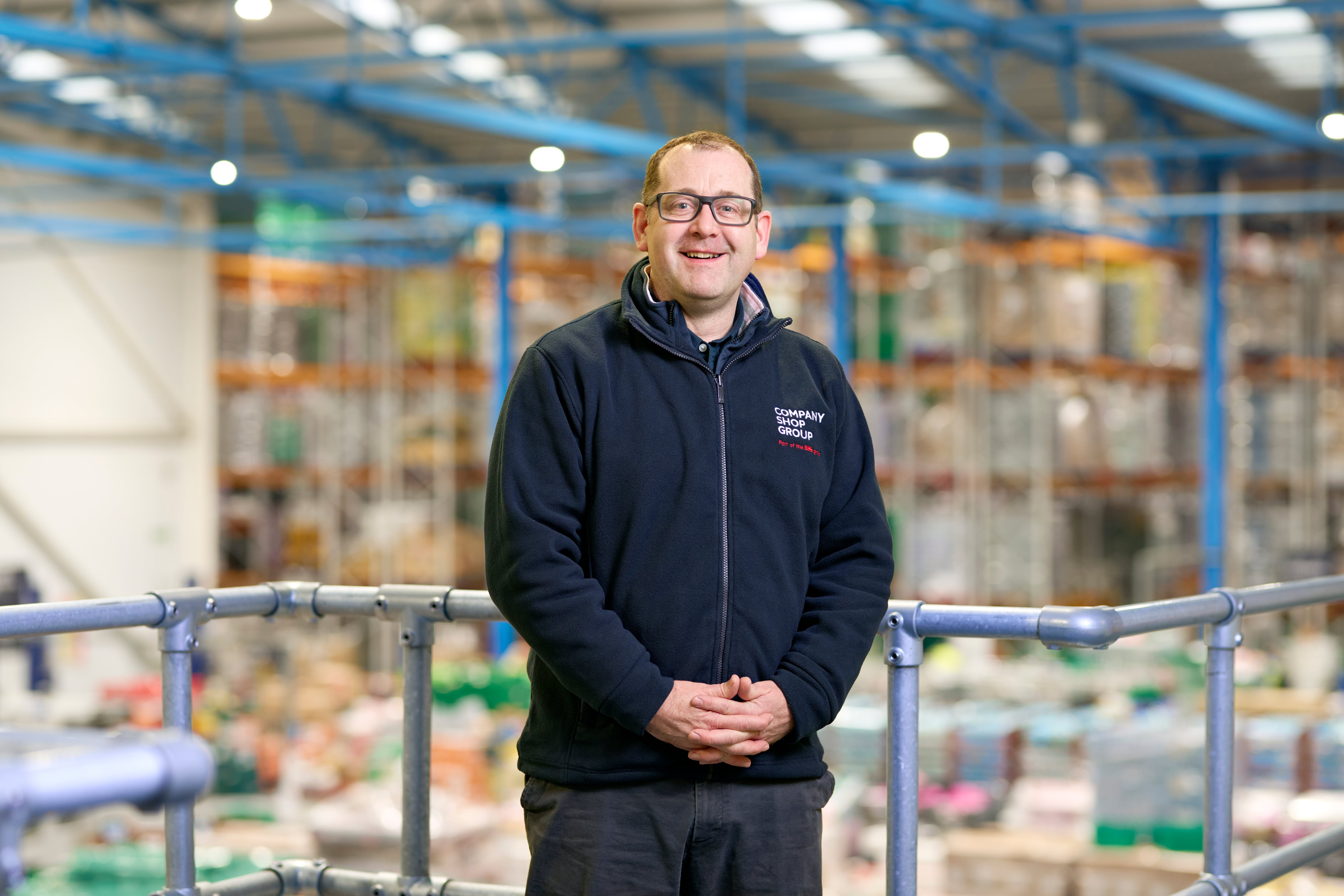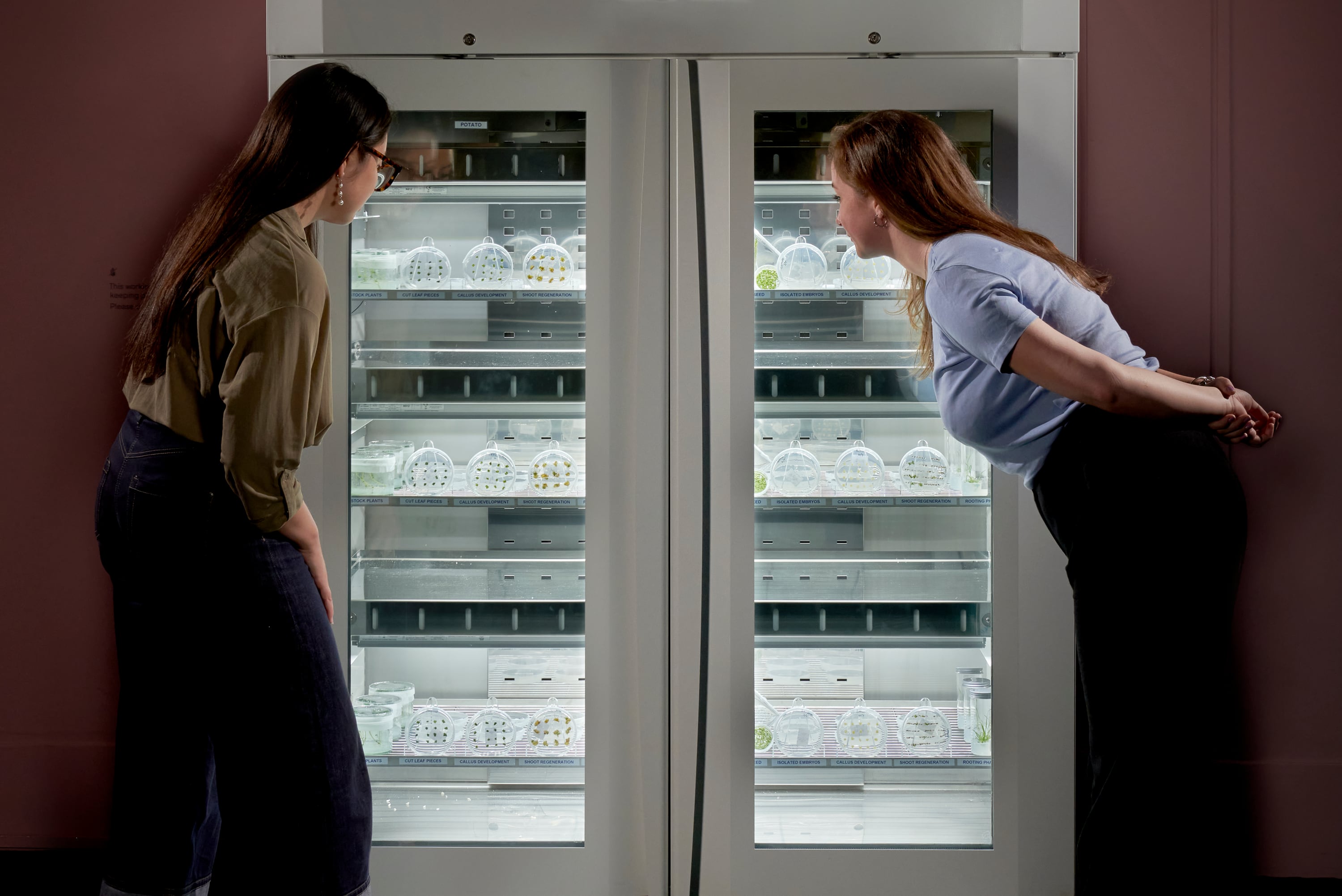Frozen food plays a major role in our diets. Approximately 98.4% of households in the UK have a freezer, while the category can trace its roots back to 1924.
However, this isn’t to say that people view the frozen food category the same way now as they have in the past.
Prefacing Nomad Foods’ first annual Frozen in Focus report from June 2025, the firm’s chief executive Stéfan Descheemaeker explained that over the last decade in particular, consumers are “looking at frozen food differently”.
The study, which surveyed 7,500 adults across Europe, found that 63% of respondents now recognise that frozen food can be as nutritious as fresh. Meanwhile, 41% of under-35s want a larger freezer at home, and 47% buy frozen in order to reduce food waste.
“The freezer is no longer just a place to store food; it’s becoming the cornerstone of a more efficient, sustainable, and nutritious lifestyle,” Descheemaeker added.
“While challenges remain in overcoming outdated perceptions, our research indicates a growing understanding that frozen food is essential for a healthy, convenient, and affordable future.”
This shift has not happened in a vacuum though. Innovation, in the form of NPD and purpose-driven messaging, has played a central role.
Meeting consumers where they are
“A lot of the innovation we’re seeing is focused on delivering products that support healthier diets while also delivering great quality and variety, all driven by changes in consumer demand,” explained Rupert Ashby, chief executive of trade body the British Frozen Food Federation (BFFF).
This, Ashby said, is evident in the variety on offer in frozen aisles across the UK, with plant-based options and cuisines from around the world represented more than ever.
“With rapid development of premium ready meals and vegan foods – and with more producers offering nutrient-rich vegetables – our category is evolving rapidly to reflect changing lifestyles,” he continued.
“This growth in quality and choice is driving a reappraisal of the frozen aisle.”
Founded in 2019, Griddle is a relative newcomer to the category but an example of the innovative approach referenced by Ashby. The firm’s range of frozen bakery products have been stocked by Tesco since 2022, and its founders Ella Harland and Sophie McGregor are aware of the shift in perception around frozen food.
“Frozen is finally being seen as premium, convenient, and sustainable, rather than as a cheap compromise on quality,” the duo told Food Manufacture.
Griddle started its journey manufacturing better-for-you frozen waffles, something its founders noticed a strong demand for after experimenting at home.
“Consumers are looking for better-for-you options: fewer ingredients, less sugar and high quality,” Harland and McGregor said.
“Alongside that they want familiar, beneficial claims like ‘high protein’. We’re also seeing frozen formats stretch into dawn-to-dusk eating occasions – from breakfast to snacking to desserts. It’s no longer just your frozen peas and fish fingers.”
Young’s Seafood is a more traditional name within the frozen category, but like the disruptor brands that have emerged, it is keenly aware of changing consumer preferences.
“One notable trend is the rise of the ‘fakeaway’ trend,” Matthew Wilson, interim marketing controller at Young’s Seafood, told Food Manufacture.
“As households continue to feel the pinch, indulgence hasn’t disappeared but simply moved inside the home.”
Wilson pointed to the firm’s ‘Chip Shop’ range, which according to Nielsen grew in value by 8% in the 12 weeks to 14 June 2025 and is now worth more than £50 million.
“With our signature bubbly crispy batter and generous portions, it delivers a premium experience at a fraction of the cost,” he continued.
“Positioned as an everyday treat, Chip Shop also taps into the fact that 20% of all frozen fish occasions happen on a Friday (Kantar data) – a key moment for comfort food and family meals.”
Attracting new customers
While the frozen food category has made progress, there is still plenty of scope for appealing to consumers who still stock their freezers with little else than ice and peas.
Harland and McGregor, for example, believe that the industry should do more to educate people about the variety of options on offer.
“Many consumers still don’t realise how far frozen has come so us brands need to showcase quality, convenience, and normalise frozen as a smart choice rather than a last resort,” they explained.
“Sampling, bold pack design, freezer signage, and social content that connects frozen to a healthy and sustainable lifestyle are all part of our strategy. And most importantly: offer something new.”
Dean Mayhew, operations director at individually quick frozen (IQF) fruit and vegetables supplier Place UK, echoed the need for initiatives that raise awareness about the benefits of modern freezing technologies.
“While it’s widely understood that frozen offers convenience and long shelf life, we need to highlight how advanced freezing processes preserve the nutritional quality, flavour, and physical integrity of the food too,” Mayhew told Food Manufacture.
“Opting for frozen doesn’t mean a compromise on taste or eating experience.”
On the benefits of IQF products, he added: “Unlike traditional block freezing, IQF technology freezes individual items separately, maintaining free-flowing, easy-to-handle components. This is particularly advantageous for downstream processing and meal assembly, whether that’s incorporating beans into a chilli or diced rhubarb into a dessert.”
Provenance was also highlighted by Mayhew as a consideration that frozen food manufacturers should signpost to consumers.
“Place UK’s home-grown berries, such as our Norfolk strawberries are an excellent example of this and widely loved by our customers,” he continued.
“Our ability to freeze our home-grown fruit, not only enhances provenance messaging but also reduces food waste by capturing surplus crops not required by the fresh market. These British grown fruits can then become available year-round as part of our blended frozen solutions, supporting consumers in making convenient, healthy choices at home, year-round.”
The BFFF works with frozen food brands from across the breadth of the category, and Ashby has seen that manufacturers have a crucial role to play in educating consumers and encouraging more people to try frozen products.
“Education is key, [as] outdated perceptions of frozen food are still common, but the reality is that today’s products offer great nutritional value, convenience, and sustainability all in one,” Ashby said.
“Better labelling, bold packaging and investment in marketing can all help communicate that frozen isn’t just practical and affordable – it’s also exciting and delicious.”
While Griddle has worked hard to emphasise the unique qualities of its product range, Harland and McGregor believe that retailers also have a “crucial role to play”.
“Freezers are often tucked away at the back of the store, with minimal space for impactful in-store marketing,” they said.
“To unlock the full potential of frozen food, we need more creativity, frozen merchandising opportunities throughout the whole store and stronger storytelling throughout the aisles, so consumers truly understand the convenience, quality, and value that frozen offers.”
Cutting-edge innovation
On top of educational initiatives, the frozen food space must embrace continued innovation in order to keep up in a food sector defined by change. This will include reformulating existing products, but also developing new products which are healthier, more sustainable and better tasting.
“I expect to see continuing innovation in creating products that are nutritional without skimping on flavour – meals with reduced salt and fat, higher protein content, and cleaner ingredient lists,” commented Ashby.
“Sustainability will also drive change, both in packaging and production methods.”
Despite the challenge of the cost-of-living crisis, which has impacted millions of people across the country, Ashby is confident that frozen food manufacturers can continue to deliver “culinary creativity” that doesn’t cost the earth.
“I’m also sure the wave of culinary creativity we’re seeing in the industry will continue, and I’m excited to see what’s next, whether it’s street food-inspired ready meals or premium desserts,” he said.
“Frozen food is increasingly about delivering chef-quality experiences, be it in a food-service context or in consumers’ homes. The sector is rising to that challenge in impressive ways.”
The ability for the category to rise to challenges has in part been driven by increased collaboration between manufacturers, distributors, retailers and customers.
Explaining how Place UK has looked to work in partnership with, Mayhew said that firms need to move beyond “transactional relationships” and instead work together on idea generation and tailored frozen solutions that “respond directly to emerging dietary trends, convenience demands and sustainability expectations”.
“We’re helping customers to develop frozen ingredient blends and finished products that align with the growing demand for clean-label, plant-based and nutritionally optimised options,” he said.
“Customers are increasingly seeking frozen products that are either ready-to-use or require minimal additional preparation, such as our nutritionally optimised and super tasty smoothie pellets. The continued emphasis will be on preserving natural form, enhancing nutritional content, and delivering flavour consistency.”
With conversations about the applications of AI within the food sector growing in volume, Mayhew said that Place UK has been exploring how the technology can enhance precision and efficiency across its operations.
“By leveraging these technologies, we can allow our skilled workforce to focus on high-value tasks such as quality assurance and process refinement,” he added.
Griddle has been a leader within the frozen bakery space, where “real momentum” has been building, mirroring trends that have been evident in Europe and the US for some time.
“Across the category we expect to see major innovation in healthier, everyday products, think breakfast or bakery items with cleaner labels, better ingredients, and interesting flavours,” Harland and McGregor said.
“Functional frozen will likely also have its place with benefits like added protein and gut health benefits. This is another fast-emerging space.”
Personalisation and portion control are also trends that Harland and McGregor expect to see gain further traction moving forward.
“We’re seeing such great innovation from brands like Stocked and Pack’d that deliver high-quality products in convenient formats, without compromising on taste or texture – it’s a win for consumers and the planet,” they concluded.
Finally, Wilson explained that for Young’s, innovation isn’t necessarily about “reinventing the wheel”. Instead, the brand has worked to listen to feedback and then respond with products that suit modern tastes and routines.
“Younger consumers are seeking more excitement from traditional formats,” Wilson said.
“For instance, breaded fish has long been a category staple, but the lack of innovation in recent years has made it harder to inspire consumers. In April we launched our Breaded Fish with Flavour range to address this gap.”
The range utilises “on-trend” seasonings such as garlic and herb and paprika and pepper, and Wilson has seen this NPD “re-energise the fixture”.
“Since launch, these products have helped attract new shoppers into breaded fish, showing that even established formats can be revitalised with the right insight,” he finished.





